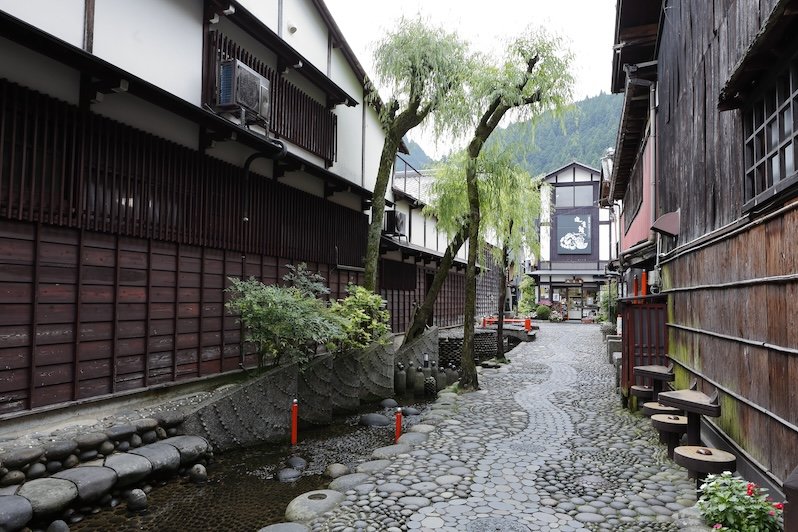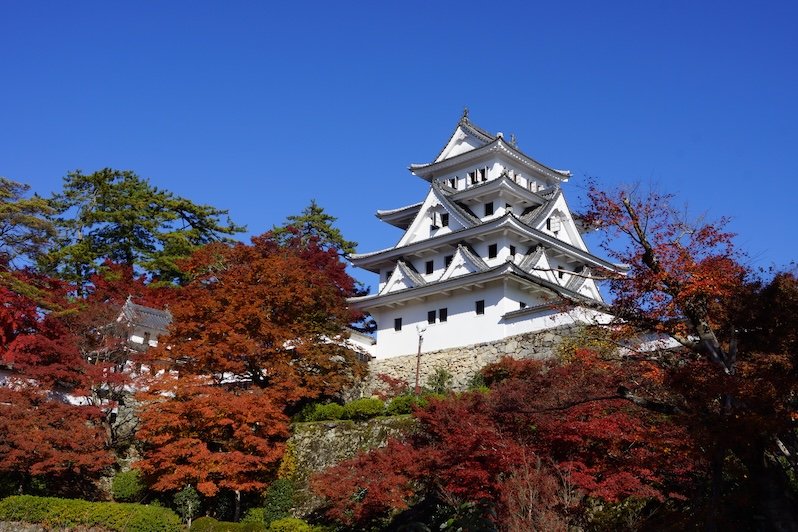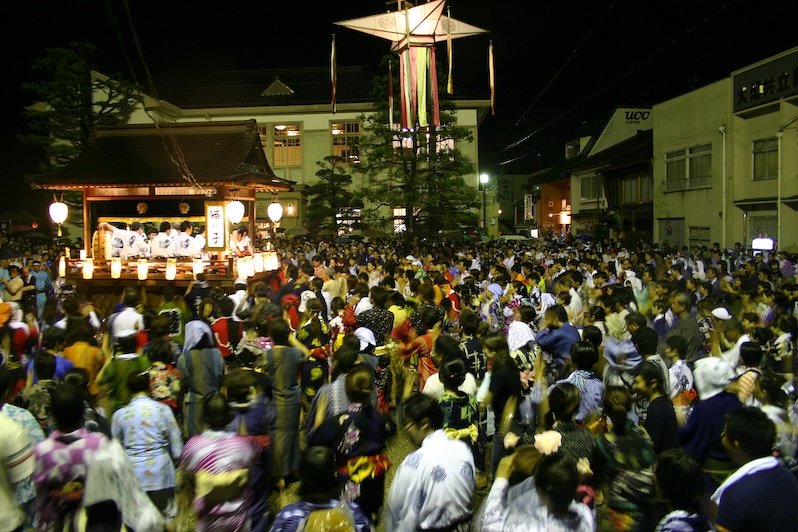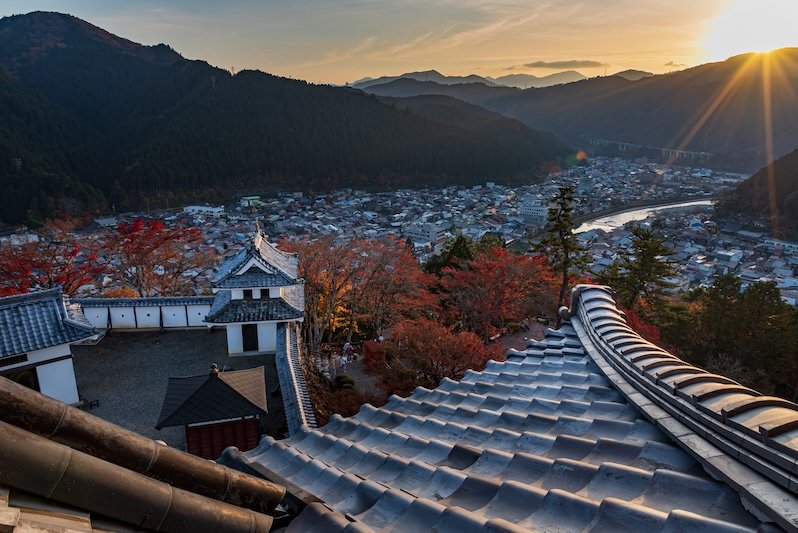
The clear rivers of Gujo Hachiman. (Photo credit: PhotoAC)
Embraced by the lush surroundings of picturesque Gifu Prefecture lies the serene town of Gujo Hachiman — a quaint riverside town founded in the 16th century, a treasure trove of cultural richness, natural beauty, and unique experiences are waiting to be explored.
A voyage into the past

The waterways that run through Gujo Hachiman. (Photo credit: Gifu Prefecture Tourism Federation)
Gujo Hachiman boasts a rich history, evident in its well-preserved ancient streets and traditional architecture. Kajiya-machi and Shokunin-machi are two of the town’s best preserve streets. Along with Yanagi-machi, they form part of the national government's designated ‘Important Preservation District for Groups of Historic Buildings’. These streets were historically inhabited by craftsmen like blacksmiths, coopers, and carpenters, whose workshops were located on the ground floor, while living quarters were above where dome artisans still reside and operate here.
One of the defining features of Gujo Hachiman is its crystal-clear waterways, which meander through the town like veins of liquid silver. These waterways, meticulously maintained by the townspeople, serve as a testament to Gujo's commitment to preserving its natural heritage. Visitors can witness locals washing rice, vegetables, and laundry in these pristine waters—a tradition that dates back centuries. Sogi Spring, the town's symbol and treasure, is a celebration of this pure water source, serving as a lifeline for the community.
Gujo Hachiman castle

Gujo Hachiman castle surrounded by autumn foliage. (Photo credit: Gifu Prefecture Tourism Federation)
For the people of Gujo, Gujo Hachiman Castle is a symbol of their culture and history. Perched on a mountain top, as many castles were for the purpose of defence in the past, the castle's base stands where Endo Morikazu, a samurai lord, erected a fort in 1556 amidst the tumultuous late warring states era. The castle was destroyed in the early Meiji Period (1868–1912), but was shortly rebuilt after, using wood rather than concrete.
Hike up to the castle and up to the top, where visitors are greeted with a beautiful view of the town in the valley below.
Gujo Odori: Dancing in the summer nights

Gujo Odori festival lasts from mid July to the first weekend of September each year. (Photo credit: 郡上市観光課/CC BY-SA 3.0 DEED)
No visit to Gujo Hachiman is complete without experiencing the exhilarating Gujo Odori festival. This iconic summer dance festival was held for over 400 years and was started by Endo Yoshitaka, Gujo's first feudal lord, to bring the townspeople together, and captivates visitors with its vibrant energy and cultural significance. Held across 30 nights from mid-July to the first weekend of September, the town comes alive with the rhythmic beats of traditional music as tens of thousands of people gather to dance under the stars. The festival culminates in the period called ‘tetsuya odori’, held across four nights during Japan’s Obon period in mid-August, when revellers dance from sunset till sunrise.
Craftsmanship and countryside wonders

The countryside views from atop Gujo Hachiman castle. (Photo credit: Takanori Hagi @ Gifu Prefecture Tourism Federation)
Gujo Hachiman is not only steeped in tradition but also a hub of creativity and innovation. The town is renowned for its production of lifelike food replicas, used by restaurants across Japan to showcase their dishes. Visitors can try their hand at creating these intricate replicas in workshops like Iwasaki Mokei (Sample Village Iwasaki), where wax is molded into delectable tempura and sushi. Additionally, the age-old crafts of dyeing and weaving thrive in Gujo Hachiman today. Fueled by the pristine waters of the Yoshida River, artisans produce vibrant threads and fabrics, such as Gujo tsumugi - hand-woven silk cloth using threads of wild silkworm cocoons originating from India.
Beyond its cultural heritage, Gujo Hachiman beckons visitors with its scenery. The surroundings of Gujo Hachiman Castle are peppered with many Japanese maples on all sides, offering breathtaking views during the autumn Momiji festival when fiery red leaves paint the landscape. Thrill-seekers can explore the Otaki limestone caves, home to millennia-old stalactites and the tallest underground waterfall in Japan.
Gujo Hachiman offers a glimpse into Japan's rich cultural tapestry, where ancient traditions blend seamlessly with modern innovation. Whether you're dancing the night away at the Gujo Odori festival, crafting wax replicas of sushi, or exploring the town's natural wonders, Gujo Hachiman promises an unforgettable journey through time and tradition.

